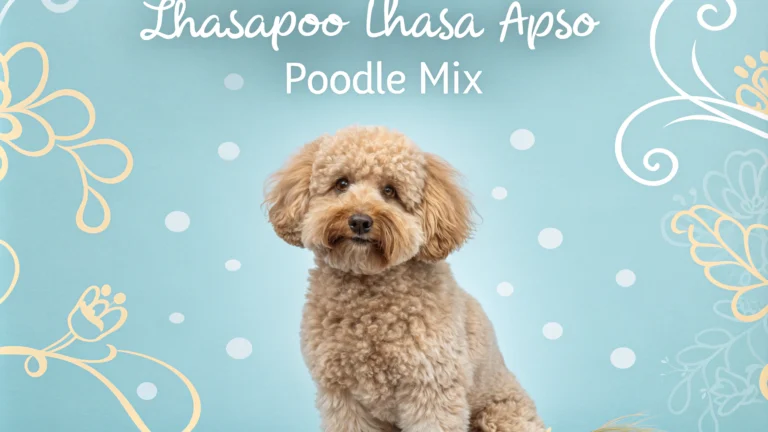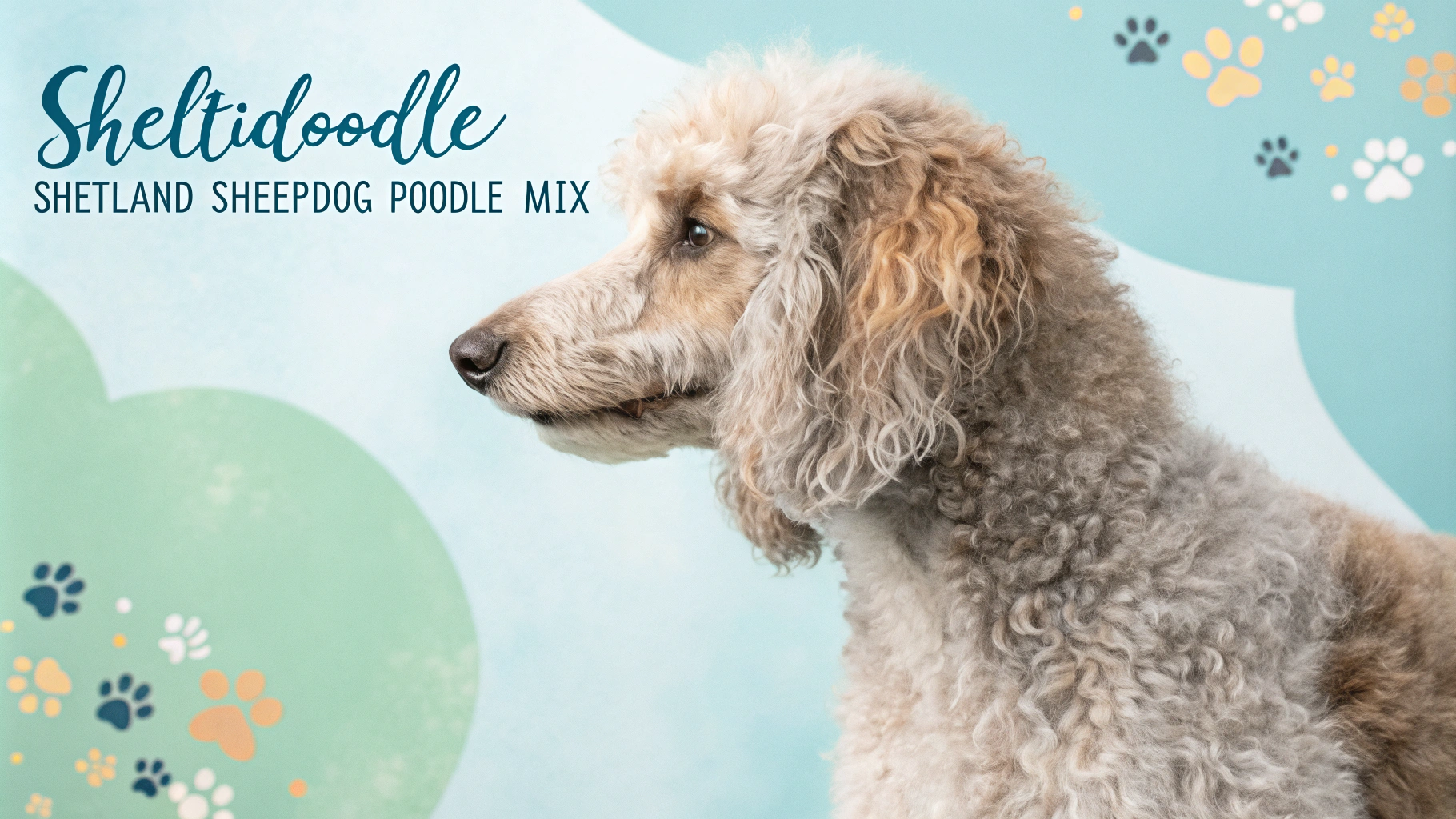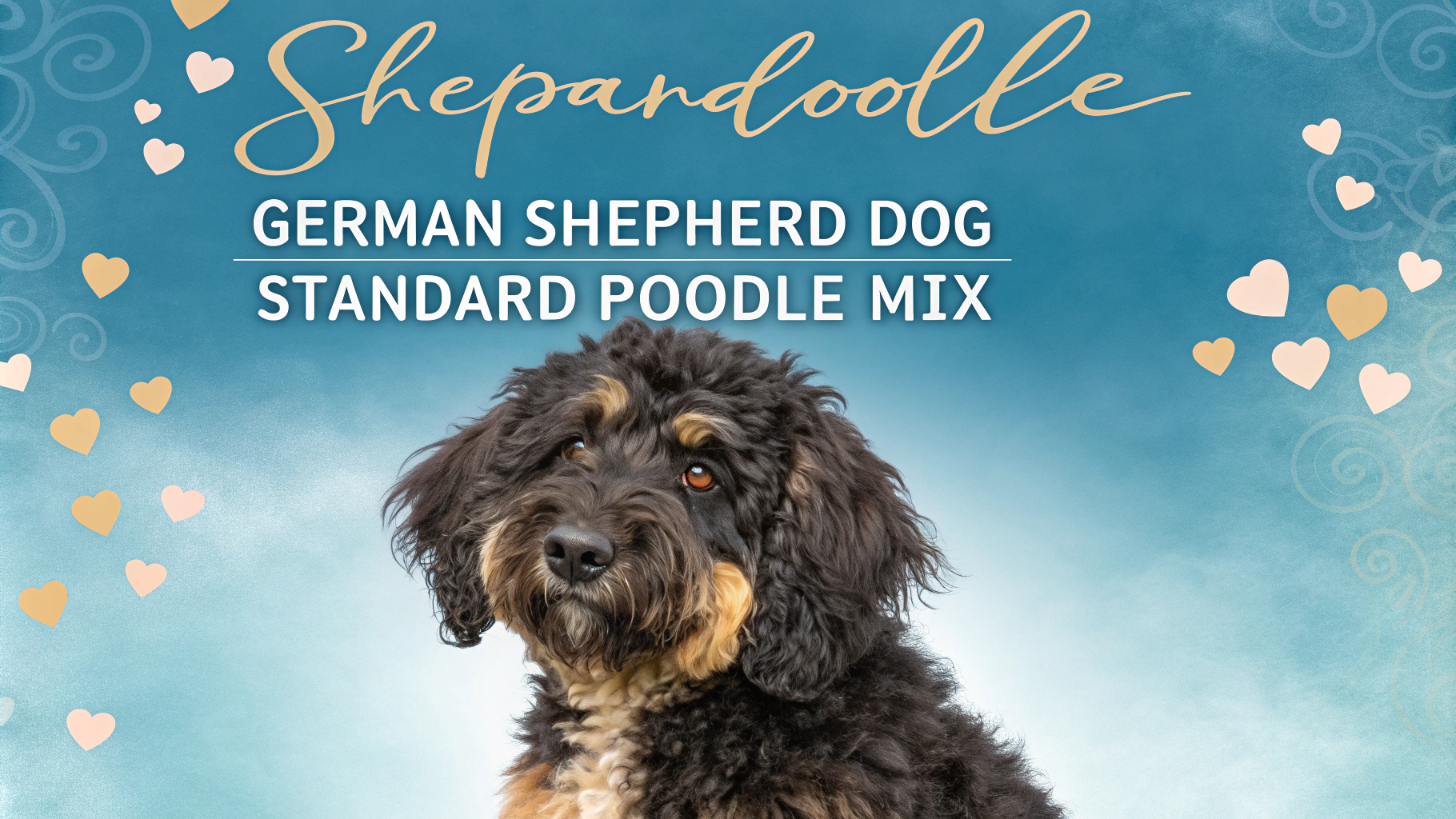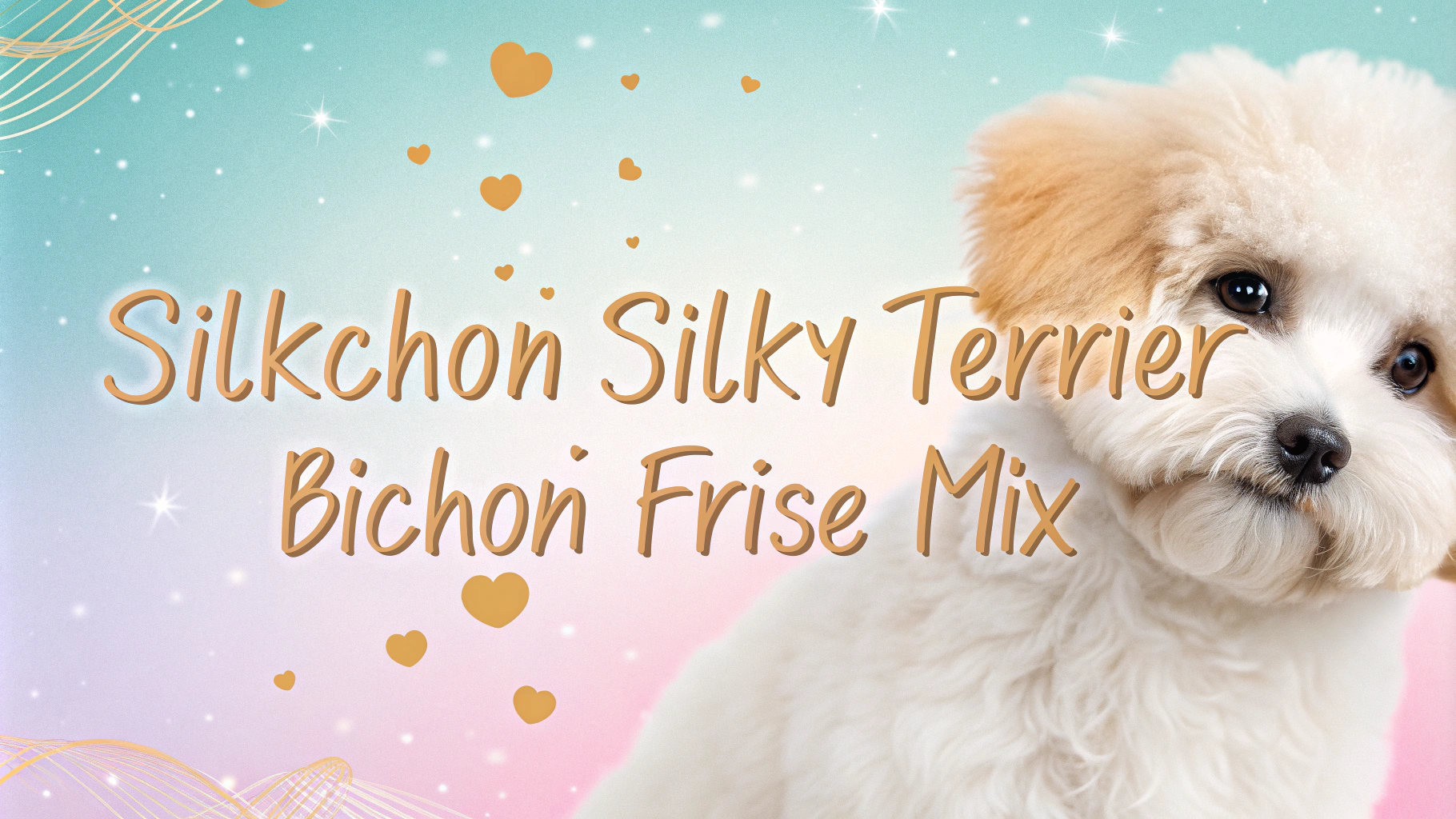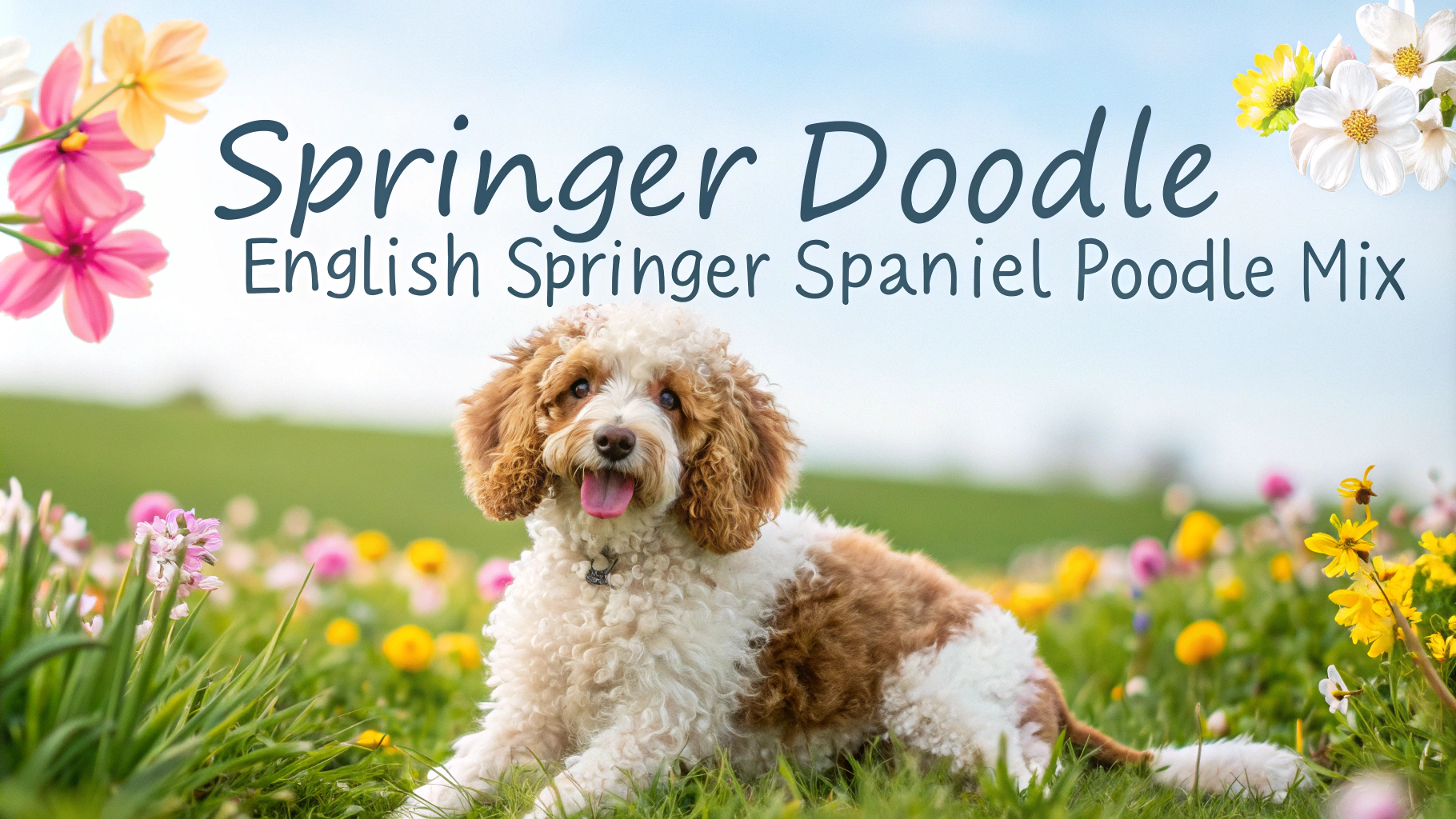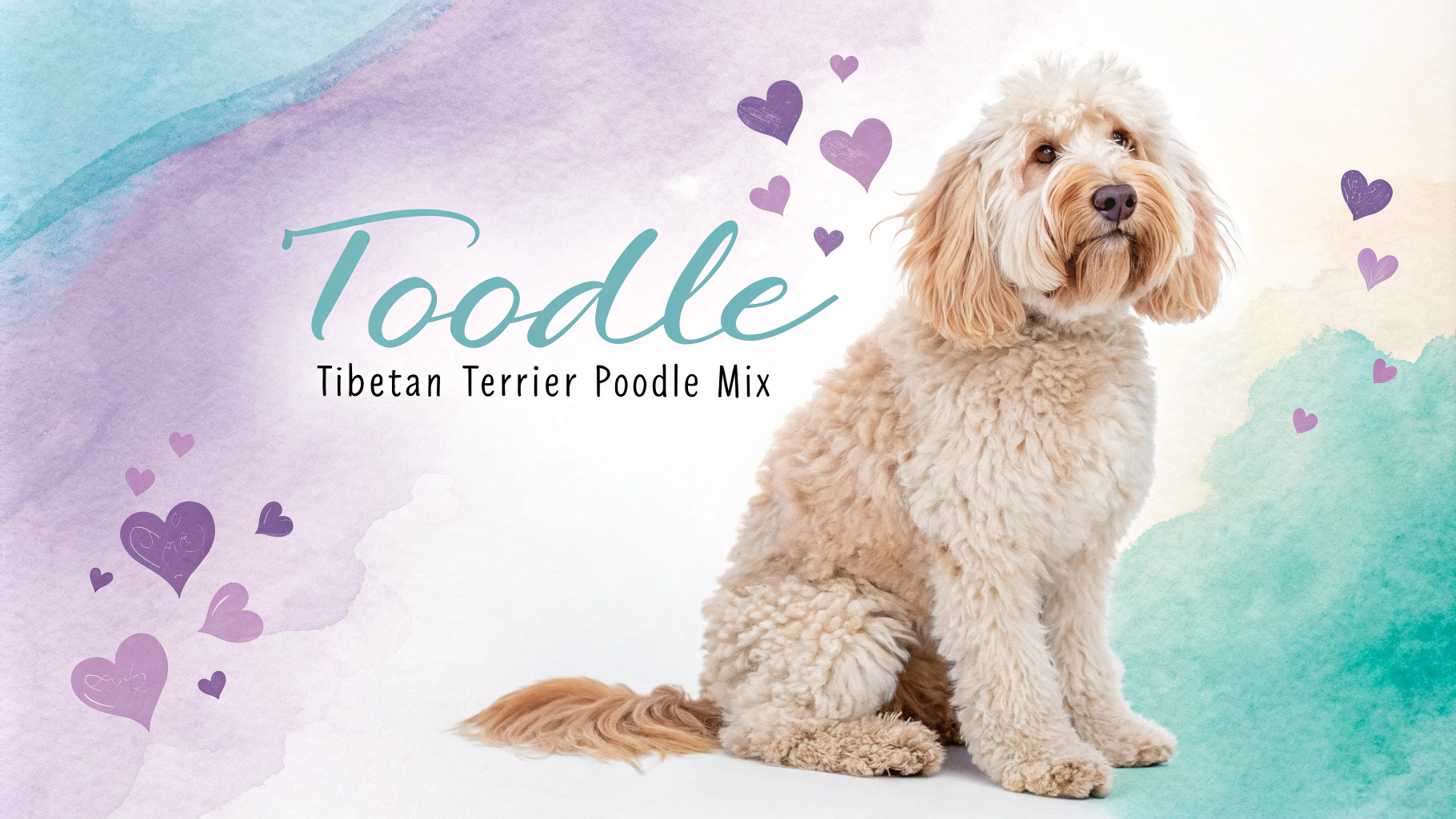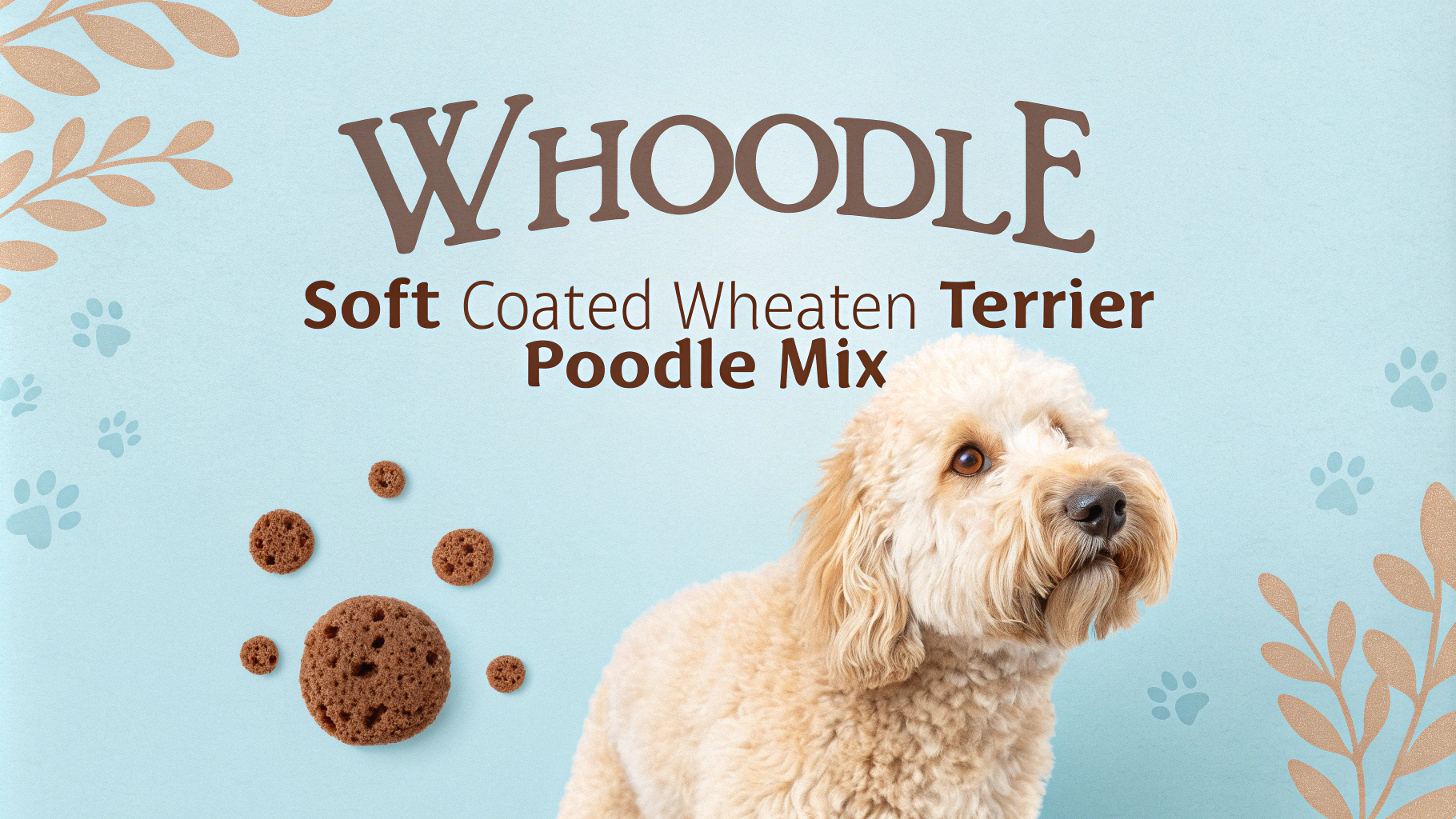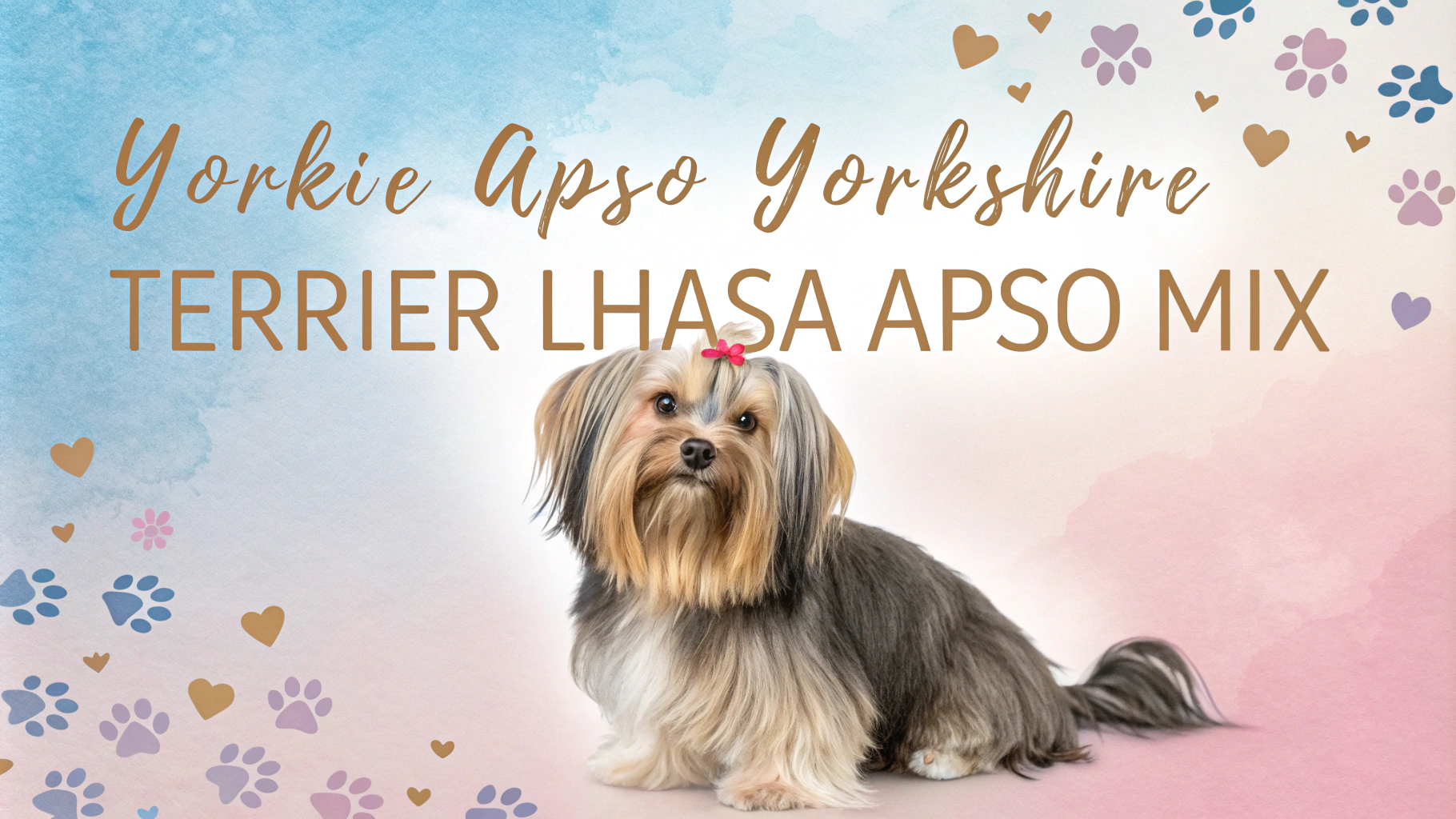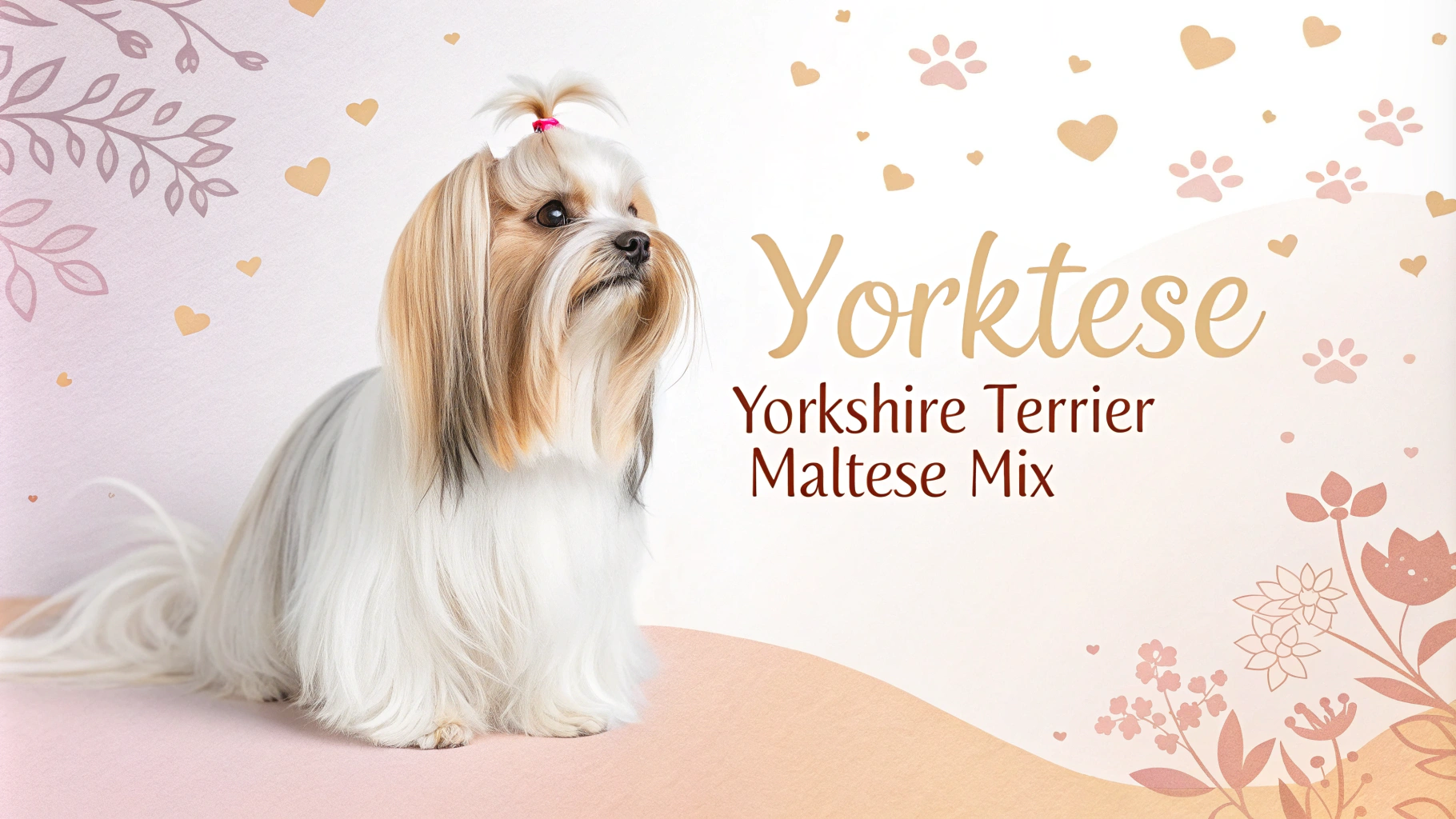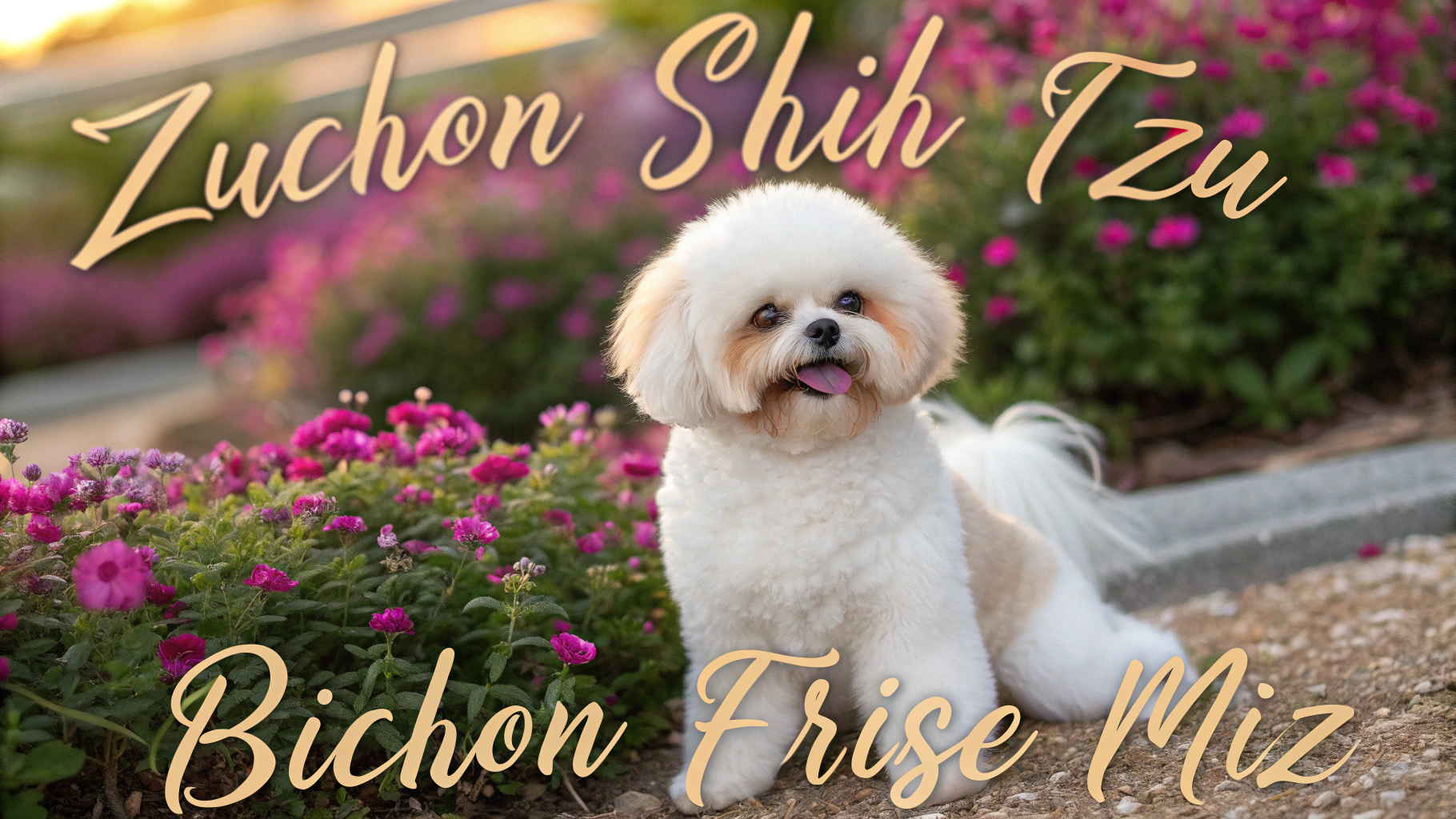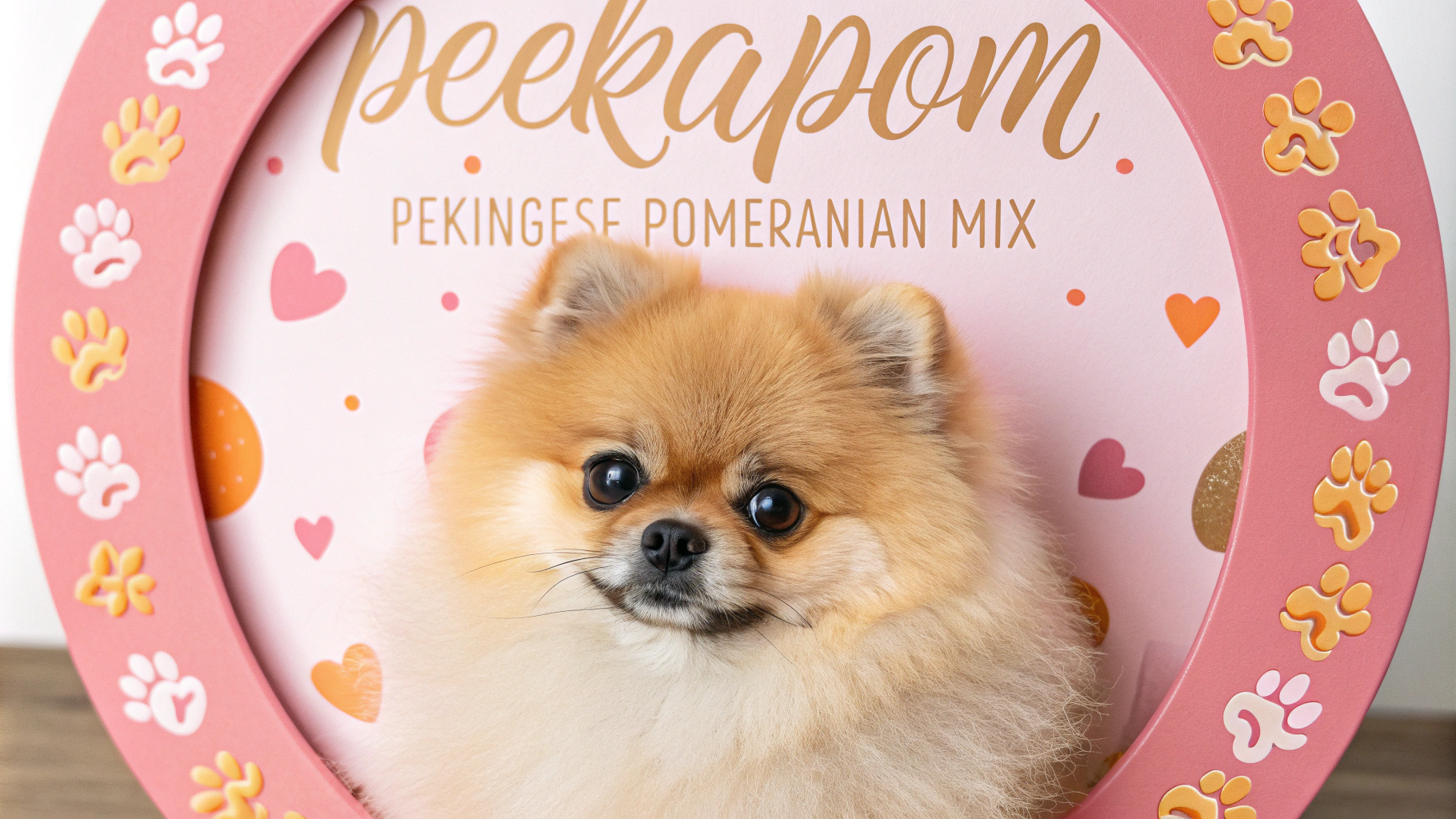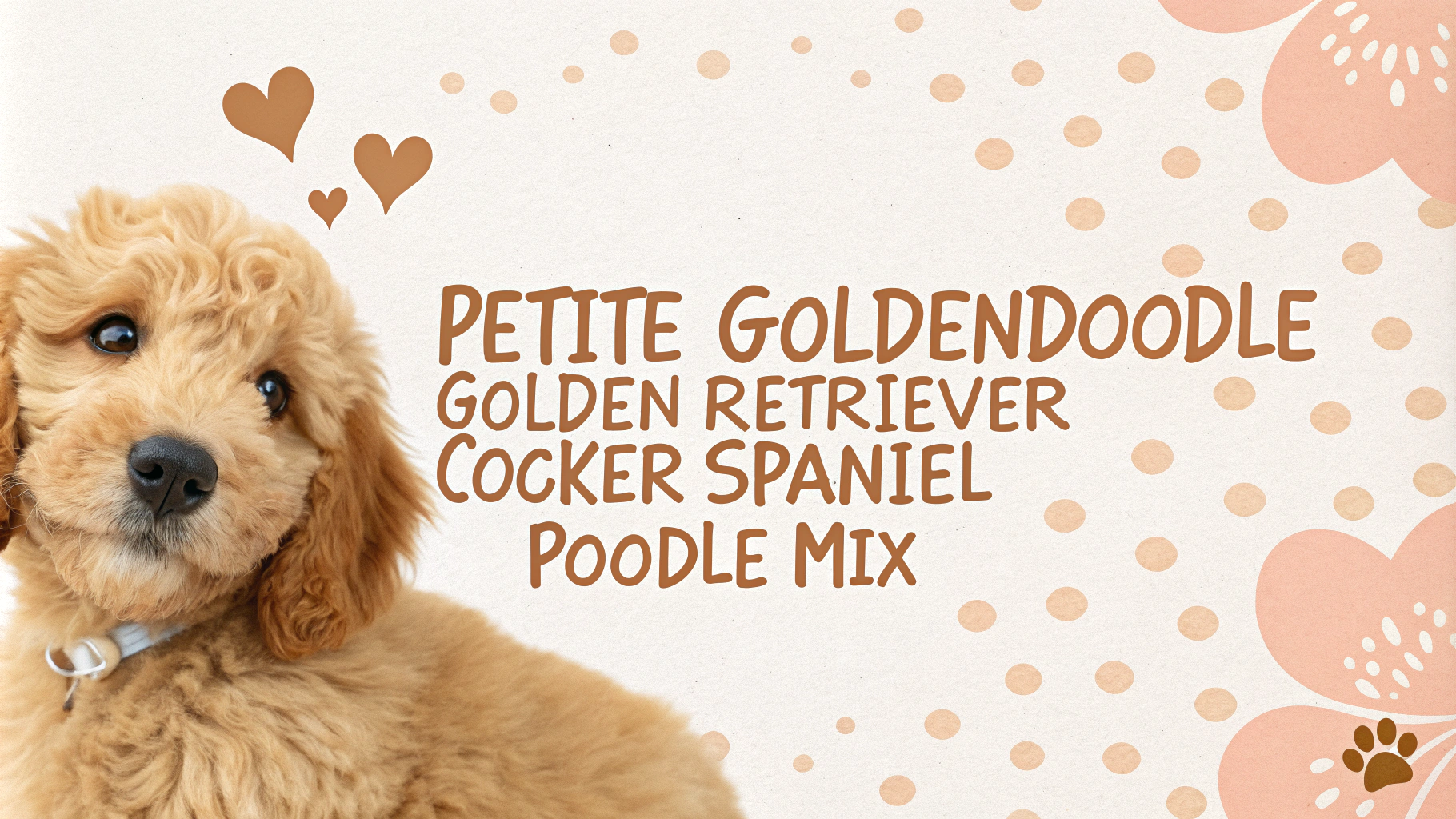The Lhasapoo is a charming designer dog breed resulting from crossing a Lhasa Apso with a Poodle. This mixed breed combines the loyal and protective nature of the Lhasa Apso with the intelligence and hypoallergenic coat of the Poodle. Lhasapoos are known for their affectionate personalities, adaptability to various living situations, and relatively low-shedding coats, making them popular companions for families and individuals alike.
Key Facts
- Size: Small, typically 9-13 inches tall and weighing 10-20 pounds
- Lifespan: 10-15 years
- Coat: Varies from wavy to curly, often hypoallergenic
- Colors: Wide variety, including white, black, brown, cream, and apricot
- Temperament: Friendly, intelligent, and devoted
- Exercise needs: Moderate
- Grooming: Regular brushing and professional grooming recommended
Character Traits
Lhasapoos inherit a blend of personality traits from their parent breeds, resulting in a lovable and multifaceted companion. They are typically friendly, affectionate, and devoted to their families, often forming strong bonds with their owners. The Lhasapoo’s intelligence, inherited from the Poodle, makes them quick learners and responsive to training. However, they may also display a stubborn streak from their Lhasa Apso lineage, requiring patience and consistency in training.
These dogs are generally good with children and other pets when properly socialized, making them excellent family dogs. They often exhibit a playful and energetic nature, enjoying interactive games and activities with their owners. Despite their small size, Lhasapoos can be alert and protective, traits inherited from the Lhasa Apso’s historical role as a watchdog. This makes them surprisingly effective as small watchdogs, often alerting their owners to potential intruders or unfamiliar situations.
Lhasapoos are known for their adaptability, thriving in various living situations from apartments to houses with yards. They generally have a moderate energy level, requiring daily exercise but not excessive amounts. This breed tends to be social and outgoing, often enjoying the company of both humans and other dogs. However, early socialization is important to prevent potential shyness or wariness around strangers, a trait that can sometimes be inherited from the Lhasa Apso side.
History & Origins
The Lhasapoo is a relatively new designer dog breed, likely originating in the late 20th or early 21st century as part of the growing trend of creating mixed breeds with desirable traits. While the exact origins of the Lhasapoo are not well-documented, understanding the history of its parent breeds provides insight into its background.
The Lhasa Apso, one of the Lhasapoo’s parent breeds, has a rich history dating back over 4,000 years in Tibet. These dogs were bred as interior sentinel dogs in Buddhist monasteries, alerting monks to any intruders. They were considered sacred in Tibet and were often given as gifts by the Dalai Lama. The Lhasa Apso was recognized by the American Kennel Club (AKC) in 1935.
The Poodle, the other parent breed, has its origins in Germany as a water retriever, despite its strong association with France. Poodles were bred for their intelligence, trainability, and water-resistant coats. They became popular companion dogs in Europe, particularly among nobility. The Poodle was recognized by the AKC in 1887 and comes in three sizes: Standard, Miniature, and Toy.
The creation of the Lhasapoo likely aimed to combine the Lhasa Apso’s loyal and protective nature with the Poodle’s intelligence and hypoallergenic coat. This mix was designed to produce a small, affectionate companion dog with reduced shedding, making it suitable for allergy sufferers. As with many designer breeds, the Lhasapoo is not recognized by major kennel clubs but has gained popularity among dog enthusiasts seeking a unique and lovable pet.
Health Concerns
The Lhasapoo, like many mixed breeds, can inherit health issues from both parent breeds. Common concerns include:
- Eye problems: Cataracts, progressive retinal atrophy (PRA), and cherry eye
- Joint issues: Patellar luxation and hip dysplasia
- Skin allergies and sensitivities
- Dental problems: Due to their small size and potential for overcrowded teeth
- Ear infections: Especially in dogs with floppy ears
Regular veterinary check-ups, proper dental care, and maintaining a healthy weight can help prevent or manage these issues. It’s also important to obtain your Lhasapoo from a reputable breeder who conducts health screenings on parent dogs.
Exercise Needs
Lhasapoos have moderate exercise needs, typically requiring about 30-45 minutes of daily activity. This can be broken down into:
- 1-2 short walks per day
- Indoor playtime with interactive toys
- Short training sessions to provide mental stimulation
While they enjoy outdoor activities, Lhasapoos are adaptable and can get sufficient exercise indoors if necessary. They excel in canine sports like agility and obedience, which can provide both physical and mental stimulation. However, be cautious not to over-exercise young Lhasapoos, as their joints are still developing.
Space Requirements
Lhasapoos are well-suited to various living situations due to their small size and adaptable nature. They can thrive in:
- Apartments or small homes
- Houses with small yards
- Urban or suburban environments
While they don’t require a large living space, Lhasapoos do benefit from having a dedicated area for rest and play. They also appreciate having a comfortable bed or crate as a safe space. Despite their small size, they should not be confined to a single room for extended periods. Regular outdoor access for bathroom breaks and exploration is important for their well-being.
Nutrition & Feeding
A balanced diet is crucial for maintaining the health of a Lhasapoo. Consider the following guidelines:
- Portion control: Due to their small size, Lhasapoos require carefully measured portions to prevent obesity
- High-quality dog food: Choose a brand formulated for small breeds with moderate energy levels
- Feeding schedule: 2-3 small meals per day is typically recommended
- Age-appropriate diets: Puppies, adults, and seniors have different nutritional needs
Some Lhasapoos may have food sensitivities inherited from their Poodle parentage. If you notice any digestive issues or skin problems, consult with your veterinarian about potential food allergies or the need for a specialized diet. Always provide fresh water and avoid feeding table scraps, which can lead to obesity and nutritional imbalances.
Grooming Tips
Lhasapoos require regular grooming to maintain their coat and overall health. Their coat can vary depending on which parent they take after more, but it’s generally medium to long and can be wavy or curly. Here are some essential grooming tips:
- Brushing: Brush your Lhasapoo’s coat 3-4 times a week, or daily if it’s longer, to prevent matting and tangling. Use a slicker brush or metal comb for best results.
- Bathing: Bathe your Lhasapoo every 4-6 weeks, or as needed. Use a mild dog shampoo to avoid skin irritation.
- Haircuts: Professional grooming every 6-8 weeks helps maintain coat length and shape. Some owners opt for a “puppy cut” for easier maintenance.
- Ear care: Check and clean ears weekly to prevent infections, especially if your dog has floppy ears like a Poodle.
- Dental hygiene: Brush teeth 2-3 times a week to maintain oral health and prevent dental issues.
- Nail trimming: Trim nails every 2-3 weeks or as needed to prevent discomfort and potential injuries.
Regular grooming sessions also provide an opportunity to check for any skin issues, lumps, or abnormalities. Be gentle and patient during grooming, and use positive reinforcement to make it a pleasant experience for your Lhasapoo.
Training Approach
Training a Lhasapoo requires patience, consistency, and positive reinforcement techniques. These intelligent dogs can be stubborn at times, inheriting traits from both parent breeds. Here’s an effective training approach:
- Start early: Begin socialization and basic obedience training as soon as you bring your Lhasapoo home.
- Use positive reinforcement: Reward good behavior with treats, praise, and toys to encourage repetition.
- Keep sessions short: Lhasapoos have moderate attention spans, so aim for 5-10 minute training sessions multiple times a day.
- Be consistent: Use the same commands and rules across all family members to avoid confusion.
- Address stubbornness: If your Lhasapoo shows signs of stubbornness, remain patient and redirect their attention to the desired behavior.
- Focus on socialization: Expose your Lhasapoo to various people, animals, and environments to build confidence and reduce anxiety.
Key areas to focus on include housebreaking, leash training, and basic commands like sit, stay, come, and leave it. Lhasapoos can excel in agility and obedience training with proper guidance. Remember that each dog is unique, so tailor your approach to your Lhasapoo’s individual personality and needs. Patience and consistency will lead to a well-behaved and happy companion.
